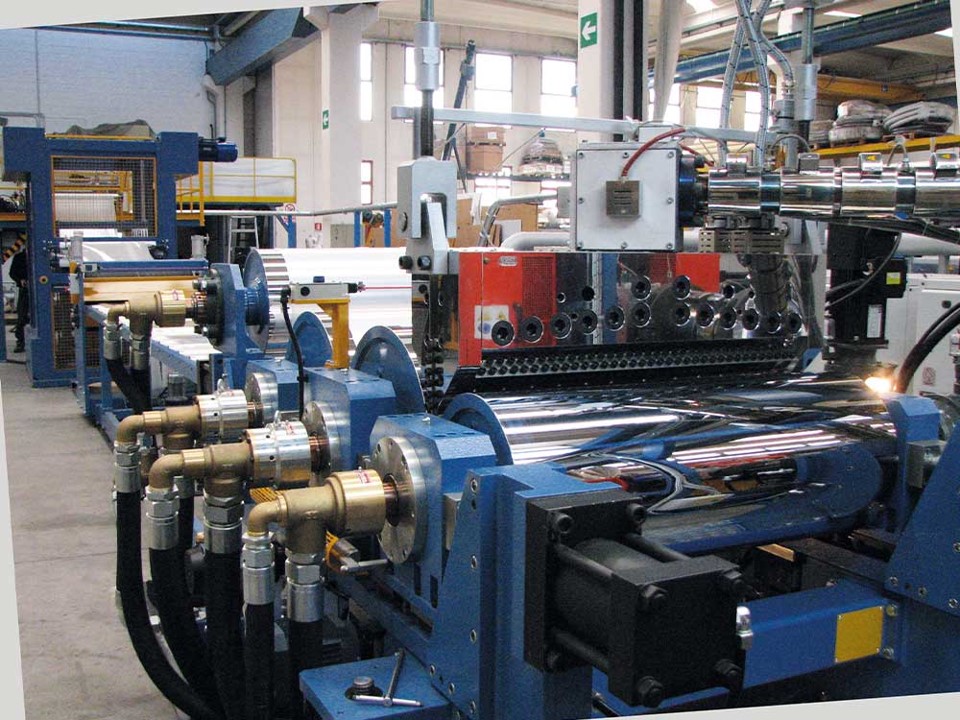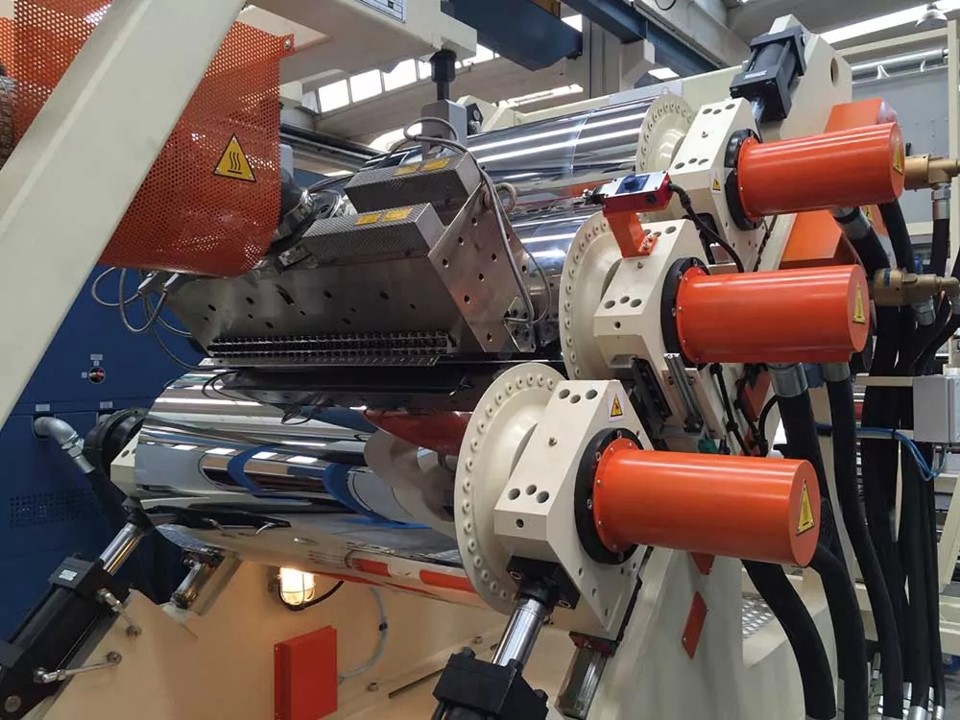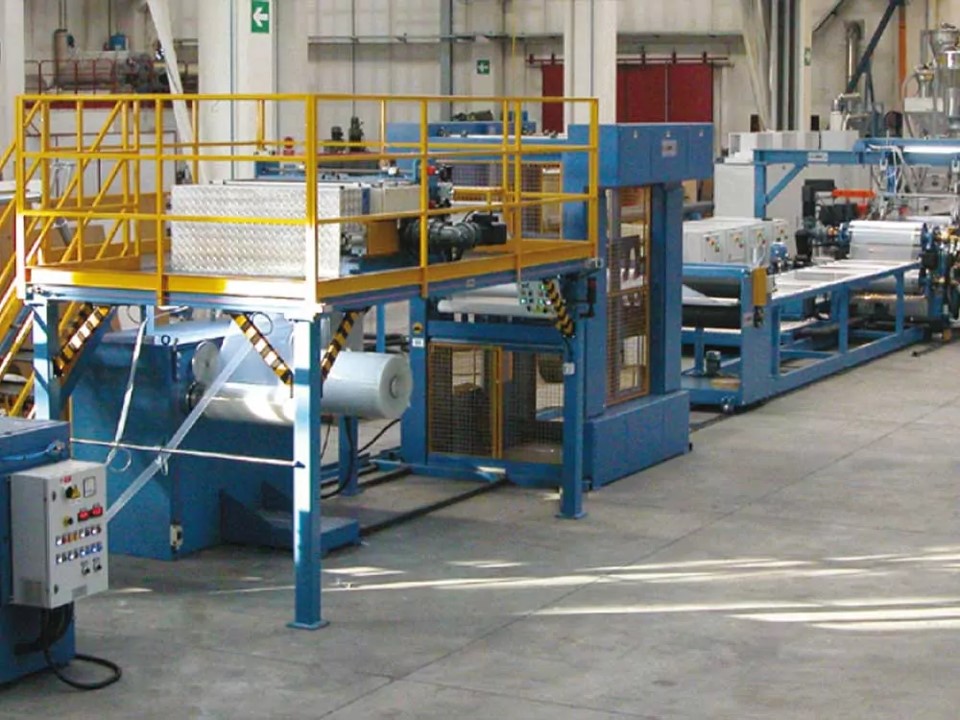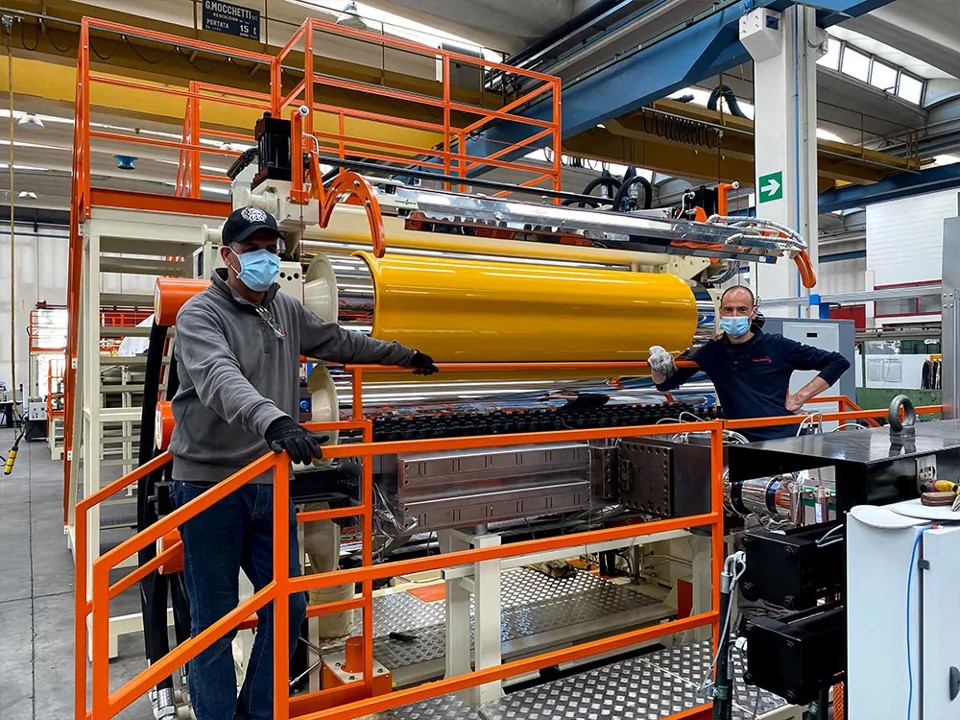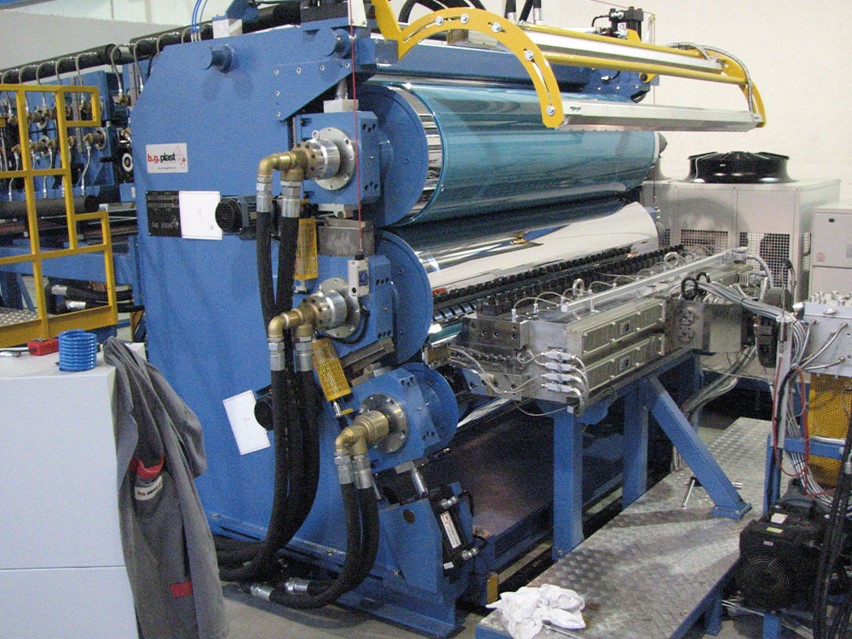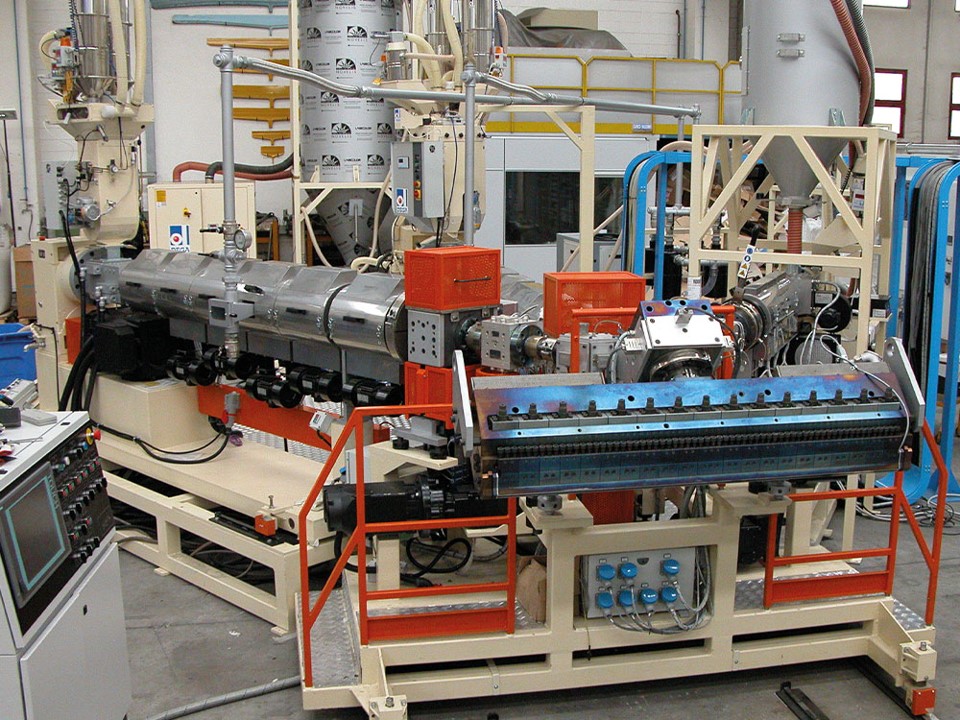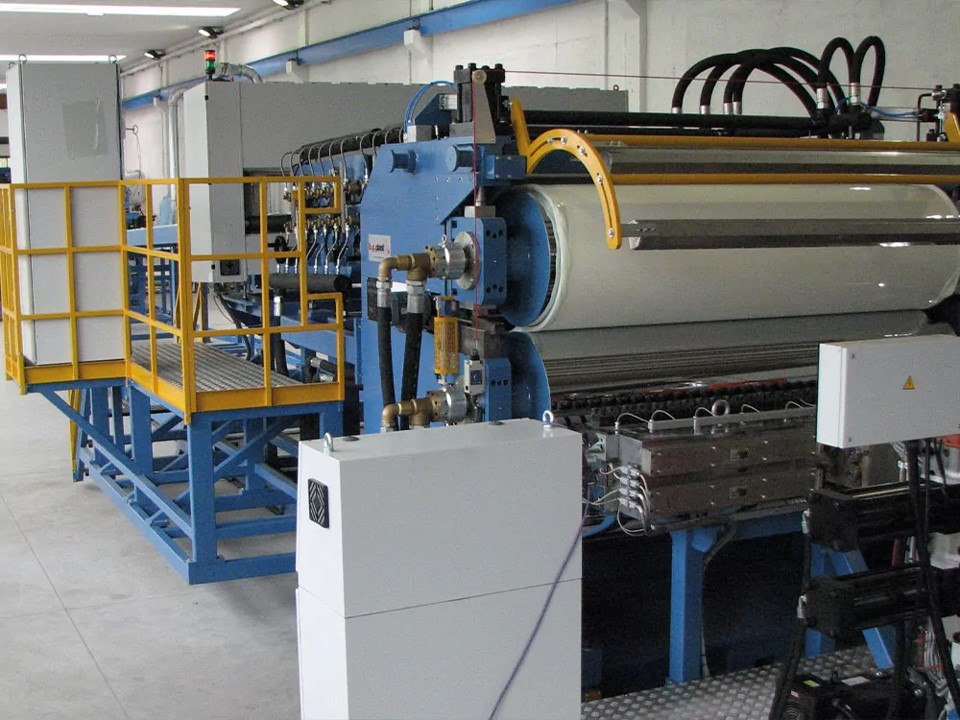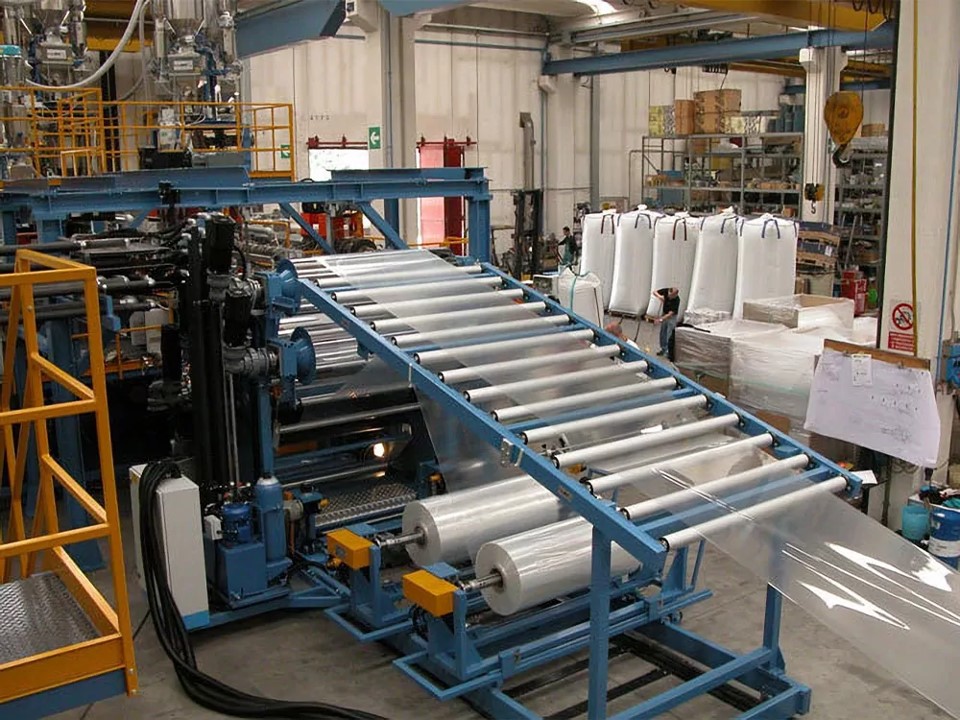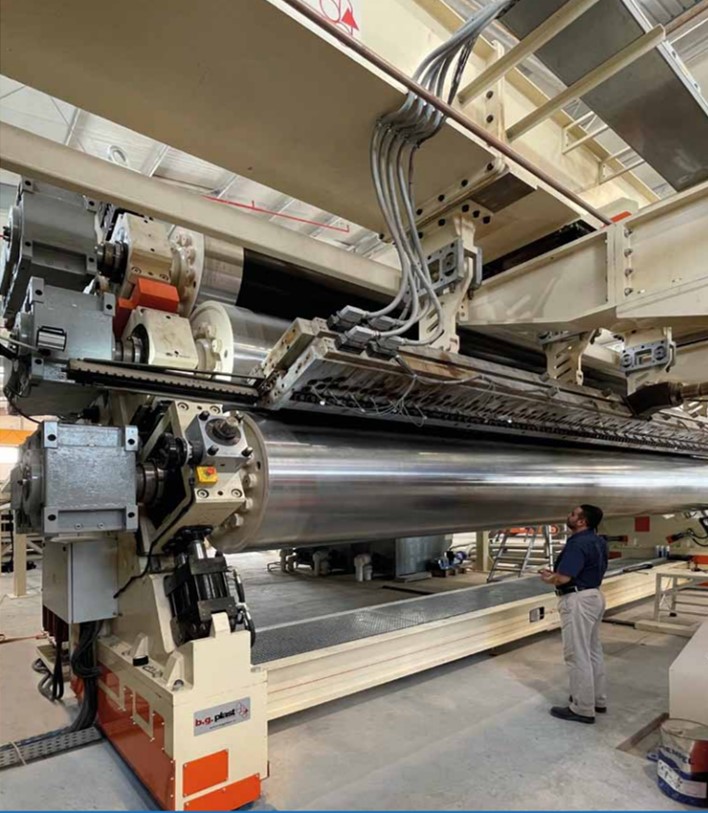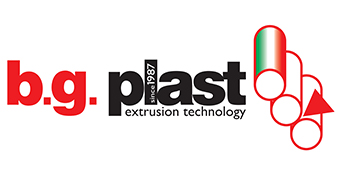 Extrusion Foils
Extrusion Foils
Extrusion foils are specialized materials used in the extrusion process, where a polymer or other material is forced through a die to create a continuous shape or film. These foils are typically made from thermoplastic materials and can serve various functions depending on the application, such as providing barrier properties, enhancing the appearance of a product, or adding functional layers to a substrate.
Extrusion foils are commonly used in packaging, automotive, construction, and other industries where protective or decorative layers are needed. The foils can be laminated onto other materials, co-extruded with other layers, or used as standalone products.
Technical properties of Extrusion Foils:
We are able to ensure thicknesses ranging from 0.1 to 40 mm, contingent upon the material, due to an accurate electromechanical control system for roll opening and closing.
The closing force, which is measured in "linear kg/cm," varies according on the kind of polymer and is determined by the hydraulic pistons' size, which ranges from 80 to 120 linear kg/cm.
Each roll's temperature and water/oil flow are managed by a different thermoregulation device. Every roll is powered by a separate gearbox.
When dealing with extremely thin sheets, a specific mechanism known as the "cross-axis" is used to increase thickness management by shifting the center roll shaft in respect to the other ones. To ensure equal sheet thickness, this process is helpful.
The sizes of Calendars and Extrusion lines vary depending on the finished product that the customer requires. Rolls of calendar paper range in width from 450 mm to 8000 mm. Additionally, because of the various feed-block configurations, we have dealt with many co-extrusion applications involving up to seven extruders.
Features of Extrusion foils:
Extrusion foils, commonly used in packaging, insulation, and various industrial applications, possess several key features. These features make extrusion foils versatile and essential in industries such as food packaging, pharmaceuticals, electronics, and construction.
- Barrier Properties : Offers excellent protection against moisture, preventing content degradation. Acts as an effective barrier against gases like oxygen and carbon dioxide, enhancing product shelf life.
- Mechanical Strength : High tensile strength and tear resistance, making it suitable for demanding applications. Can be shaped, bent, or folded without compromising its structural integrity.
- Thermal Properties : Can be sealed through heat, making it ideal for packaging applications that require airtight closures. Able to withstand a wide range of temperatures without deforming or losing effectiveness.
- Chemical Resistance : Resistant to a variety of chemicals, ensuring compatibility with different substances. Does not interact with the contents it encases, preserving product quality.
- Aesthetic Qualities : Can be manufactured with varying levels of gloss and transparency, depending on the desired appearance. Supports printing and lamination, allowing for branding and product information display.
- Lightweight : Offers strong protective qualities without adding significant weight, making it ideal for applications where weight is a critical factor.
- Environmental Considerations : Many extrusion foils are recyclable, contributing to sustainability efforts. Typically requires fewer materials compared to other types of packaging, reducing environmental impact.
- Cost-Effectiveness : Extrusion processes are often more cost-effective than alternative methods, lowering production costs. Efficient use of raw materials contributes to reduced overall costs.
Materials used for Extrusion foils:
Extrusion foils, also known as extrusion-coated foils, are used in a variety of applications, including packaging, insulation, and industrial products. The materials used in their construction typically include a combination of the following:
- Base Material (Foil):
- Aluminum Foil: The most common base material, known for its excellent barrier properties, lightweight nature, and resistance to moisture, light, and gases.
- Copper Foil: Used in applications requiring high conductivity and heat resistance, such as in electronics and battery applications.
- Plastic Films: Sometimes, plastic films like polyester (PET), polypropylene (PP), or polyethylene (PE) are used as the base layer for more flexible applications.
- Extrusion Coating Materials:
- Polyethylene (PE): Low-density polyethylene (LDPE) and high-density polyethylene (HDPE) are commonly used for their flexibility, moisture resistance, and ease of processing.
- Polypropylene (PP): Offers higher temperature resistance and is often used for packaging that requires sterilization or higher strength.
- Ethylene-Vinyl Acetate (EVA): Provides good adhesion to aluminum and is used for applications where flexibility and impact resistance are important.
- Polyester (PET): Offers excellent mechanical strength and thermal stability, often used in high-temperature applications.
- Polyamide (Nylon): Known for its toughness and chemical resistance, used in applications requiring high durability.
- Ethylene Vinyl Alcohol (EVOH): Used as a barrier layer in multi-layer constructions for its superior oxygen barrier properties.
- Polyvinyl Chloride (PVC): Used in some applications where a rigid, durable material is needed, though it is less common due to environmental concerns.
- Adhesive Layers:
- Adhesives: Sometimes a tie layer or adhesive material, such as polyurethane (PU) or other co-extruded materials, is used to bond different layers together, especially in multi-layer foils.
- Functional Additives:
- Antioxidants: Protect the material from degradation due to heat and light.
- UV Stabilizers: Prevent degradation from ultraviolet light exposure.
- Flame Retardants: Added to foils used in environments with stringent fire safety requirements.
- Anti-Static Agents: Used to prevent the buildup of static electricity on the surface of the foil.
The combination of these materials is chosen based on the specific requirements of the application, such as the need for barrier properties, flexibility, strength, and resistance to environmental factors.
Extrusion foils Application industries:
Extrusion foils, also known as extrusion-coated foils or laminated foils, are widely used in various industries due to their combination of flexibility, durability, and barrier properties. Below are some of the key application industries:
- Packaging Industry
- Food Packaging: Extrusion foils are commonly used in food packaging to provide an effective barrier against moisture, oxygen, and light, thereby extending the shelf life of products such as snacks, beverages, dairy products, and ready-to-eat meals.
- Pharmaceutical Packaging: In the pharmaceutical industry, extrusion foils protect medicines and medical devices from environmental factors, ensuring product safety and efficacy.
- Cosmetic Packaging: These foils are used for packaging cosmetic products to preserve their freshness and prevent contamination.
- Automotive Industry
- Insulation Materials: Extrusion foils are used in the automotive industry for thermal and acoustic insulation, helping to enhance vehicle comfort and safety.
- Interior Components: They are also used in the production of various interior components, such as dashboard panels and door trims, providing a combination of aesthetics and functionality.
- Building & Construction
- Roofing Membranes: Extrusion foils are used in roofing applications to create durable and weather-resistant membranes.
- Vapor Barriers: They serve as vapor barriers in walls, floors, and ceilings, preventing moisture from penetrating the building structure.
- Electrical & Electronics
- Cable Wrapping: In the electronics industry, extrusion foils are used for wrapping and insulating cables, protecting them from environmental damage and electrical interference.
- Capacitors: They are also utilized in the production of capacitors, where they serve as dielectric layers.
- Medical Industry
- Sterile Packaging: Extrusion foils are used to produce sterile packaging for medical devices and instruments, ensuring that they remain uncontaminated until use.
- Blister Packs: These foils are commonly used in blister packs for pills and other small medical items.
- Consumer Goods
- Household Products: Extrusion foils are used in packaging household goods like cleaning supplies, detergents, and personal care items.
- Stationery Products: They are also applied in the production of stationery items such as laminated folders and covers.
- Agriculture
- Agricultural Films: In agriculture, extrusion foils are used to produce protective films for greenhouses, silage, and other applications that require durable, UV-resistant materials.

